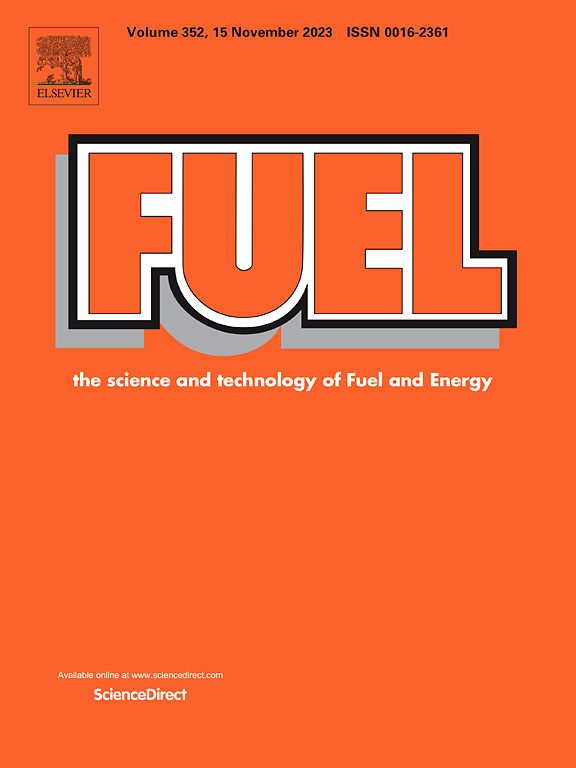Production of hydrogen energy from graphene-based catalytic technologies
IF 7.5
1区 工程技术
Q2 ENERGY & FUELS
引用次数: 0
Abstract
This comprehensive review aims at investigating graphene-based technologies in boosting hydrogen production via three methods including electrocatalysis, photocatalysis and plasma-assisted reforming. Graphene stands out as an excellent catalytic material due to its exceptional attributes which include large surface area, exceptional electrical and thermal conductivity, adjustable electronic properties and outstanding mechanical strength. The research explores graphene’s contributions to hydrogen evolution through three main strategies including lowering energy barriers, escalation of active sites and enhanced electrical charge transport. The study also focuses on graphene’s performance when functionalized with metal catalysts and heteroatoms, enhancing its capability in charge separation and absorption of light during photocatalysis. The application of plasma to graphene improves catalytic reaction in hydrogen production with improved resistance to energy consumption. Large-scale industrial adoption of this technology remains restricted in terms production cost, synthesis scalability and environmental safety issues. The research suggests an outlook for enhancing production technologies, improving process sustainability, and tackling scale-up technology to boost graphene’s incorporation into green and effective hydrogen energy production.
以石墨烯为基础的催化技术生产氢能源
本文综述了以石墨烯为基础,通过电催化、光催化和等离子体辅助重整三种方法促进制氢的技术。石墨烯是一种优异的催化材料,其独特的特性包括大的表面积、优异的导电性和导热性、可调节的电子性能和出色的机械强度。该研究通过三种主要策略探讨了石墨烯对氢演化的贡献,包括降低能量势垒、增加活性位点和增强电荷传输。该研究还重点研究了石墨烯与金属催化剂和杂原子功能化时的性能,增强了其在光催化过程中的电荷分离和光吸收能力。等离子体在石墨烯上的应用改善了氢气生产中的催化反应,提高了对能量消耗的抵抗力。该技术的大规模工业应用仍然受到生产成本、合成可扩展性和环境安全问题的限制。该研究提出了提高生产技术、提高工艺可持续性和解决规模化技术的前景,以促进石墨烯融入绿色有效的氢能源生产。
本文章由计算机程序翻译,如有差异,请以英文原文为准。
求助全文
约1分钟内获得全文
求助全文
来源期刊

Fuel
工程技术-工程:化工
CiteScore
12.80
自引率
20.30%
发文量
3506
审稿时长
64 days
期刊介绍:
The exploration of energy sources remains a critical matter of study. For the past nine decades, fuel has consistently held the forefront in primary research efforts within the field of energy science. This area of investigation encompasses a wide range of subjects, with a particular emphasis on emerging concerns like environmental factors and pollution.
 求助内容:
求助内容: 应助结果提醒方式:
应助结果提醒方式:


